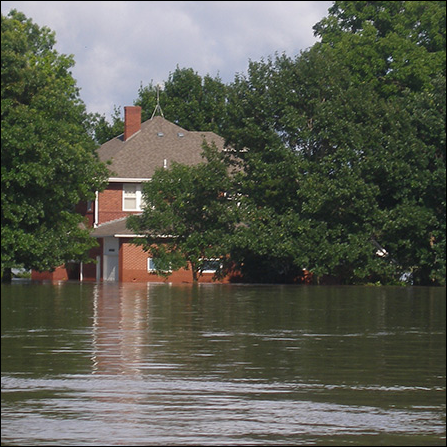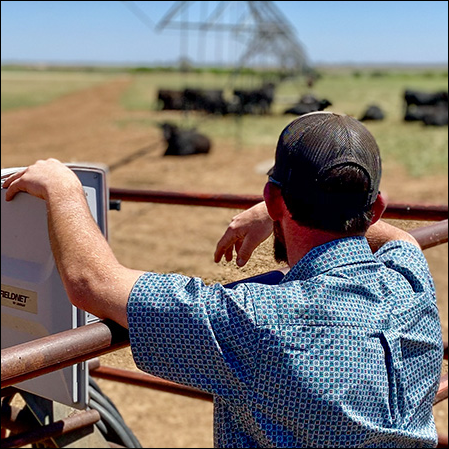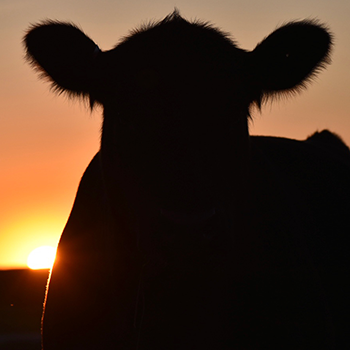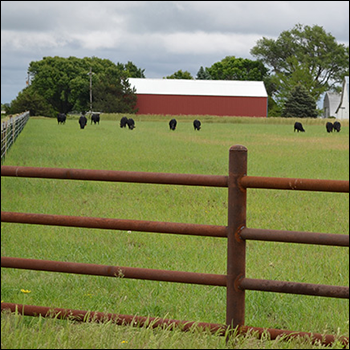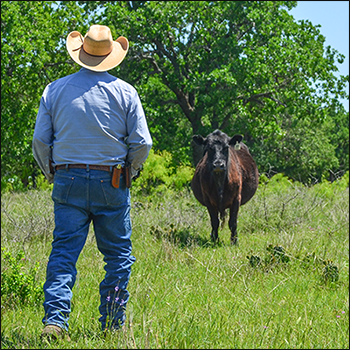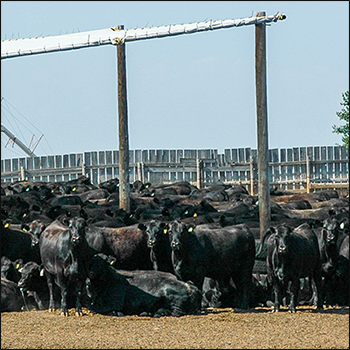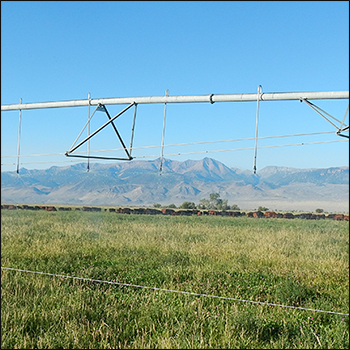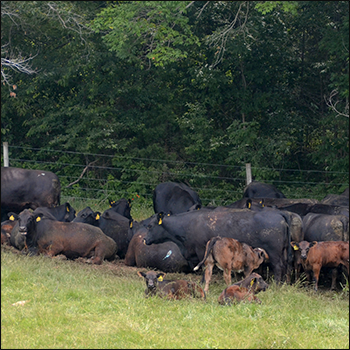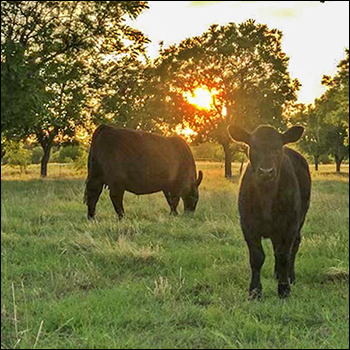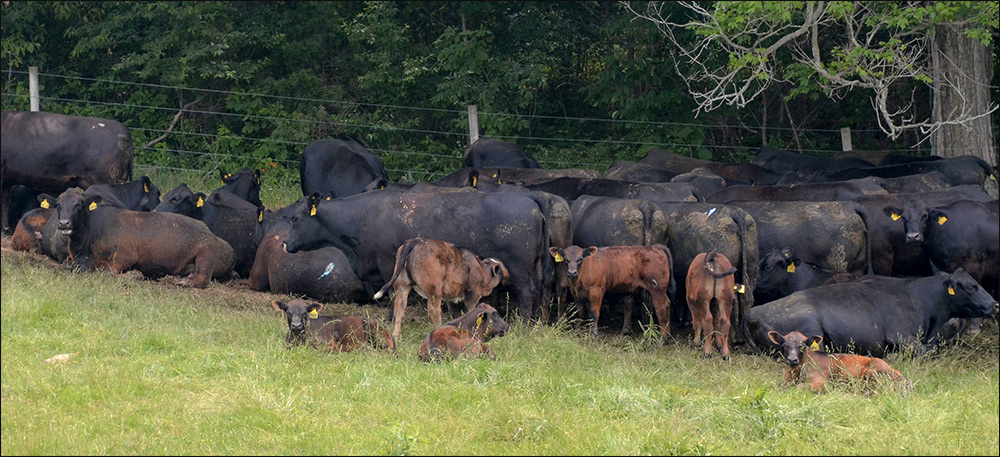
Managing Heat Stress in Cattle
Knowing the symptoms and mitigation strategies will aid cattle performance during the summer.
On a hot summer day, people often dress in light clothing, drink more water than normal, and seek shade to minimize the effects of heat and humidity on the body.
Kansas State University (K-State) Beef Cattle Institute (BCI) experts say cattle need many of those same strategies for maximum performance during the summer. Talking on a recent Cattle Chat podcast, veterinarians Bob Larson, Brian Lubbers and Brad White; and nutritionist Phillip Lancaster agreed that providing plenty of water and shade are two keys to success in keeping cattle comfortable.
Although first, it is important to recognize the signs of stress, Lubbers said. “Cattle that are experiencing heat stress will have decreased production, so it is important to know the signs, which often mimic respiratory disease.”
Cattle that are breathing rapidly might be experiencing heat stress.
White said sometimes heat stress is difficult to detect: “If you see one animal breathing hard in the heat, often there is another set of calves that are also experiencing heat stress but not showing the signs to the same degree as the one you noticed.”
Larson added that often it is the young calves that are most affected by the heat.
“Very young calves seem to be more sensitive to the heat when compared to their older herd mates,” he said.
Along with noting the daytime high temperatures, Lubbers said producers need to monitor the nighttime low temperatures, as well.
“If it doesn’t cool down overnight, the cattle can’t dissipate the heat like they would otherwise, so those are the days that you need to be extra vigilant in watching for signs of heat stress,” Lubbers said.
Relating to cattle performance, Jennifer Bormann, beef cattle geneticist with the Department of Animal Sciences and Industry at K-State, said research has shown cattle that readily shed their hair coat in hot temperatures perform better.
“One study scored the cattle at the same time each spring and then tracked their performance. Cattle that shed their hair coats early produced calves with higher weaning weights than the cows that took longer to shed their winter hair coats,” Bormann said. “The theory is that those early-shedding cows suffered less heat stress and greater performance in the summer months than the others in the study.”
Along with a slick hair coat, it is important to offer cattle extra water on the hot days, said Lancaster. “Check the watering systems often, because on the really hot days they may not be able to keep up with the demands for water that the cattle are placing on them.”
Regarding shade, Lancaster offered this advice: “Whether it is a tree in the pasture or an artificial shade, it is important to confirm it is big enough to allow good airflow moving underneath the shade.”
White added, “If there are 30 cows all grouped in close sitting under the shade tree, they will not be that much cooler than if they were all sitting out in the sun because of the lack of air movement.”
To hear the full discussion, listen in to the Cattle Chat podcast online.
Editor’s note: Lisa Moser is an instructor of ag communications and journalism at K-State. Photo by Kasey Brown.
